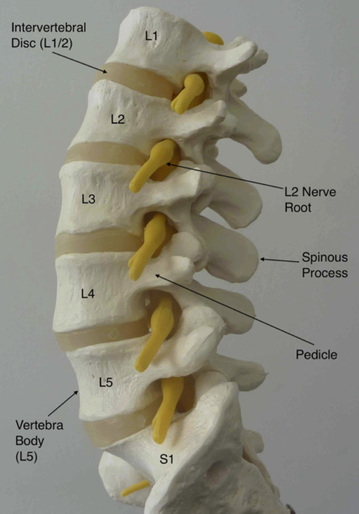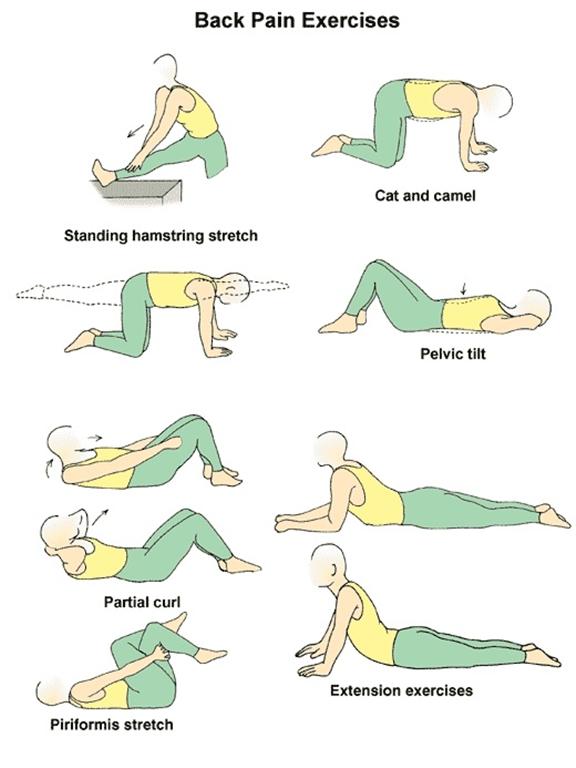Some Known Questions About Lower Back (Lumbar Spine).


L5 (5th Lumbar Vertebra)
Some Known Details About Spine 101 - Spine Surgery Institute in Miami
Together, they enhance the protection of the spine and roots. The dura is the most shallow but durable layer. The pia and arachnoid, together termed the leptomeninges, are frail. The spine, roots, and nerve rootlets are closely invested by the pia. The dura and arachnoid together form a loose sheath (called dural/thecal sac) around these structures, separated from the canal walls by the epidural area.
The external surface area is rough and blends with loose connective tissue in the epidural area. The internal surface area, facing into the subdural area, is smooth and covered by a layer of mesothelium. https://endyourbackpainnow.com/blog/lateral-tubing-walk/ , the dural sac ends at the sacral canal, normally at S2-S3 (sometimes S1). The dura continues caudally as a fibrous thread called the filum terminale externum or coccygeal ligament, which blends with the PLL over the coccyx.


Lumbar Vertebrae - Anatomy Pictures and Information
9 Simple Techniques For Lower Back Pain Causes: 8 Reasons for Sudden & Chronic Pain
Connective tissue insinuates the foramen anchor the dural sleeves so that they can secure the spinal nerve roots from being stretched during L-spine movements. In addition to these tetherings, the dura is connected in locations to the PLL. Epidural space The epidural (peridural/extradural) area terminates inferiorly at the sacral hiatus, where it is sealed by the posterior sacrococcygeal ligaments.
The whole space is occupied by loose connective tissue with variable fat material, offering padding around the dural sac and spinal cord and functioning as a form to hold the thin internal vertebral plexus of veins open. The vertebral venous plexus is embedded in the epidural loose connective tissue, often transmitting large quantities of blood.
4 Simple Techniques For Characterizing Local Dynamic Stability of Lumbar Spine Sub
A layer of mesothelium covers all leptomeningeal surfaces bathed by cerebrospinal fluid (CSF). The arachnoid mater lines the whole dural sac and extends into the dural sleeves. It likewise sends trabeculae throughout the subarachnoid area to the pia, facilitating CSF blending. Along the posterior midline, the trabeculae kind a distinct subarachnoid septum.
The pia mater offers support for the vasculature and nerves in the subarachnoid area. It adheres totally to the spine. The pia forms a separate sheath for each nerve rootlet and root as far laterally as the foramen, mixing with the epineurium. Caudally, the pia continues as the thin filum terminale internum.
